We spend a large amount of time travelling in cars every day. Whether it’s a short trip for errands or a leisure drive to the zoo, safety is always the first thing on parents’ minds especially when we travel with children.
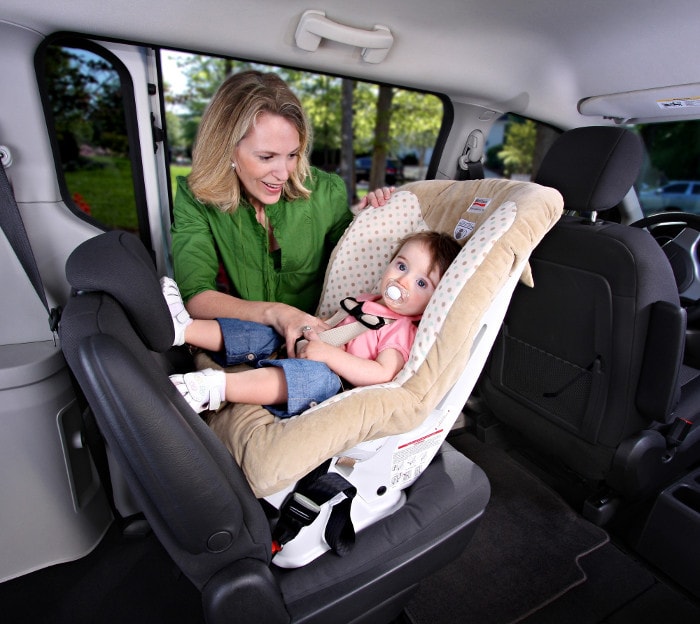
A secured seat belt is fundamental to ensure your child’s safety. To ensure that this step is never overlooked, the belt-up reminder feature is very important to remind mums and dads that their child is safely buckled up and ready for the ride.
For younger children and babies, the use of a child seat or infant seat will be required. These safety seats come in various forms and sizes, including the rear-facing car seat, the forward-facing car seat and the booster seat, which should be chosen according to the child’s appropriate age and size.
To find the perfect fit, always refer to a specific car seat manufacturer’s instructions and check against the height and weight limits.
Please see below for a table with recommended seats for respective ages*:
| Type | Age |
| Rear-facing seat | Birth – 3 years old |
| Forward-facing seat | 1 – 7 years old |
| Booster seat | 4 – 12 years old |
| Seat belt | 8 years and above |
*The above table is based on recommended age range and should be evaluated against your child’s size
It is imperative to ensure that the child-restraint seats are safely anchored to the car, as an unsecured seat could multiply the severity of your child’s injury in the event of an accident.
A rear-facing child restraint seat should always be used for children below 12 months old. As a rule of thumb, the rear-facing child restraint seat should never be placed in the front passenger seat, to avoid the fatal impact of inflating airbags, should it be activated in an accident.
ISOFIX Car Seat System
The International Standards Organisation Fix (ISOFIX) is a car seat safety system fitted to the car for optimal security.
ISOFIX or ISOFIX-compatible child restraint seats include two rigid or webbing-mounted attachments that connect to two ISOFIX anchors at specific seating positions in your car, eliminating the requirement for seat belts to attach forward-facing child restraint seats.

Located between the seatback and seat cushion of the rear seat left and right outboard seating positions, the ISOFIX anchors will securely attach the child-restraint seat to the car. Misusing the ISOFIX attachment by attempting to attach the child restraint seat in the middle rear seating position will expose them to the dangers of an unsecured child restraint seat. Follow the specific manufacturer’s installation instructions, tilt the seat from side to side and tug the seat forward to ensure that the child-restraint seat is fully secured.
In the absence of ISOFIX or to further secure your child with seat belts, minimise excess space by activating the auto-lock mode for the relevant passenger seat belt to prevent their seat belt from loosening from anticipated regular movements. A handy tip is to remove all thick clothing, such as jackets, which creates unnecessary excess space between the restraint belt and your child.
Besides following the manufacturer’s instructions, here are recommended steps by Kia to ensure that your child is safely secured:
- Place the child restraint system in the seat and route the lap/shoulder belt around or through the restraint. Ensure that the seat belt is not twisted.
- Fasten the lap/shoulder belt latch into the buckle and listen for the distinct ‘click’ sound.
- Pull the shoulder portion of the seatbelt all the way out to activate the ‘auto-lock’ (child restraint) mode.
- Slowly retract the shoulder portion of the seatbelt and listen for an audible ‘clicking’ or ‘ratcheting’ sound, which indicates that the retractor is on ‘auto lock’ mode.
- Remove as much slack from the belt as possible by pushing down on the child restraint system, while feeding the shoulder belt into the retractor.
- Push and pull on the child restraint system to confirm that the seat belt is holding it firmly in place. If not, repeat steps two through six.
- Double check that the retractor is in ‘auto lock’ mode by attempting to pull more of the seat belt out of the retractor. Failure to pull indicates that the seat belt is successfully on child restraint mode.
At Kia, we consider a car to have successfully served its purpose upon clocking years of safe, reliable and stress-free transportation. All-new Kia cars now come with ISOFIX as a standard feature. While we take the necessary steps by equipping our cars with the latest safety technologies, it is ultimately up to the driver behind the wheel to keep everyone safe on the road, by observing safe driving habits and adhering to traffic rules.
This article is contributed by Cycle & Carriage Kia Pte Ltd.
* * * * *
Like what you see here? Get parenting tips and stories straight to your inbox! Join our mailing list here.
Want to be heard 👂 and seen 👀 by over 100,000 parents in Singapore? We can help! Leave your contact here and we’ll be in touch.




































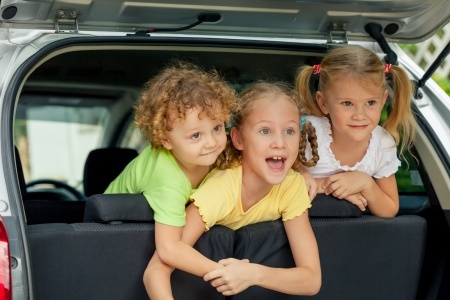



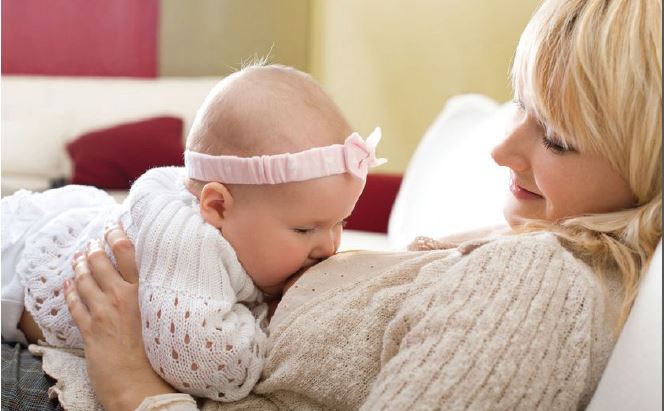
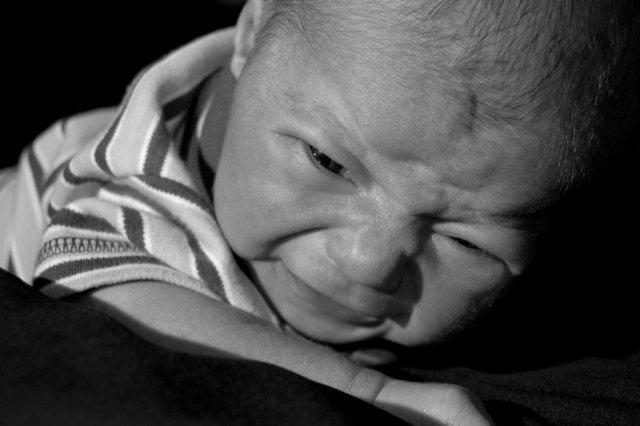
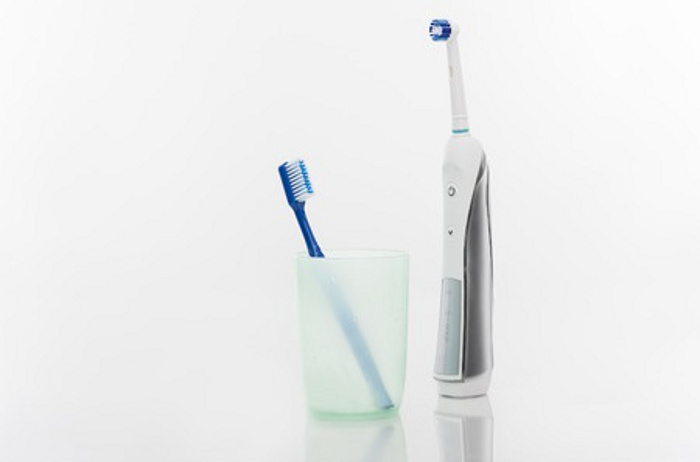

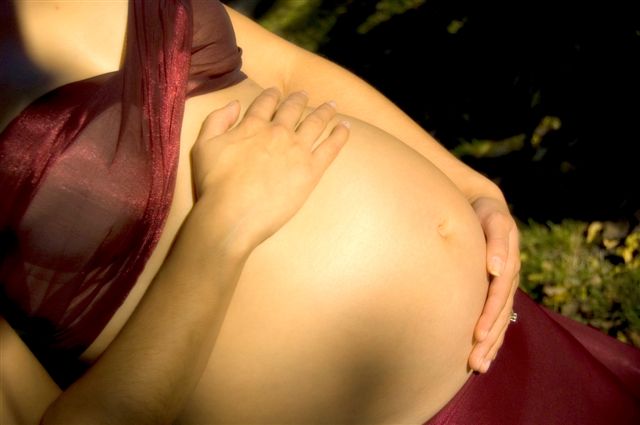


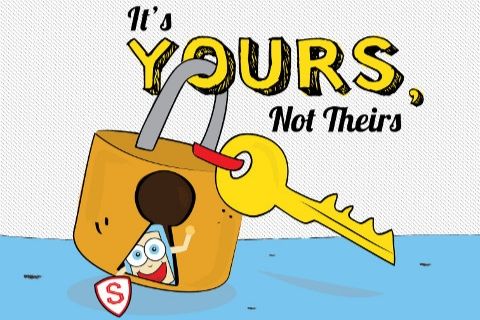









Leave a Comment: